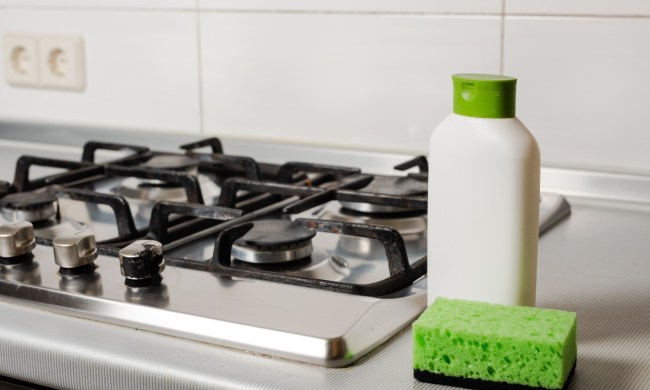
Tired of doing all that laundry only to have it smell funky even after it's clean? If you've been searching for how to make laundry smell good, your quest can end here. There are simple ways to prevent your your old sheets , towels, and clothes from coming out of the wash smelling awful. And adding more detergent is not one of them — in fact, you may need to use less!
If you’re one of those people who run a whole cycle of laundry only to be puzzled by how cleaning something could make it smell bad, read on! We’ve compiled a list of tips to help you keep your laundry smelling fresh and clean every time.

Clean inside your washing machine
First and foremost, check the inside of your washing machine. Do you see built-up detergent or fabric softener inside? Chances are, if you haven’t cleaned it in a while (or at all), you will need to. Even if you can’t see the built-up grime, giving your washer a thorough cleaning is a good idea if your laundry is smelling gross when it comes out.
Many newer washers have a self-cleaning cycle. You can also set your washer to the hottest setting, add white vinegar, and run it through a cycle to clean it. Repeat at least once a month; otherwise, that built-up detergent and softener will create mildew that leaves your laundry with a funny smell.
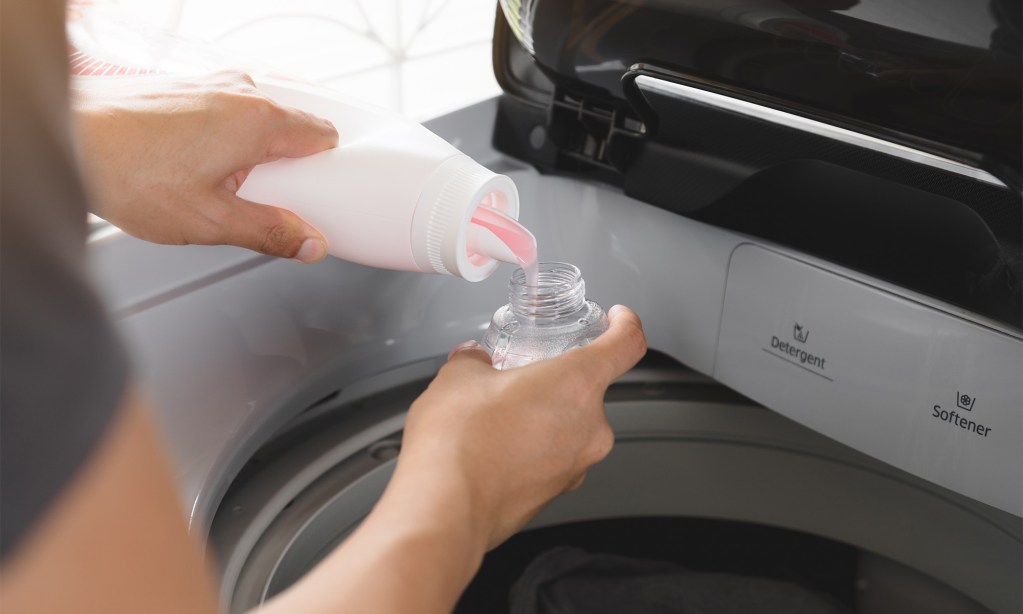
It all starts with the washing cycle
Your path to fresh-smelling laundry begins in the washing machine.
Step 1: Don’t overload the washer.
This is a tough one for those of us who like to throw everything in the washer all at once and be done with it. Rethink your laundry habits and break your pile down into smaller loads if you want your laundry to come out smelling nice and fresh.
Step 2: Don’t use excess detergent or fabric softener.
Your instinct may be to add more detergent or fabric softener to get rid of odors on your clothing. However, too much really is too much in this case. Use only the amount appropriate for the number of items you’re putting in the washer, or the cleaning liquids could build up, causing an unwanted smell and even detergent stains on your clothes.
Step 3: Use baking soda or vinegar instead of fabric softener.
A fabric softener is meant to make your clothes smell nice, and it usually does the trick. However, if you’re cleaning clothes that stink, such as sweaty gym clothes, it’s better to use natural ingredients to eliminate the smell. A fabric softener will only add scent to the existing odor, while baking soda or vinegar will help to neutralize the sweat stench.
Step 4: Choose the hot water setting on your washer.
If the items you’re washing can withstand hot water, use the hottest water setting possible. The hotter the water, the less it will smell inside the washer, and the less chance of the smell seeping onto your clothing.
Step 5: Leave the washer door open after a cycle.
Once you’ve removed your laundry from the washer, don’t shut the door all the way. Leave it open for at least an hour after using it. This allows it to air out and prevents the washer from trapping a musty smell inside.
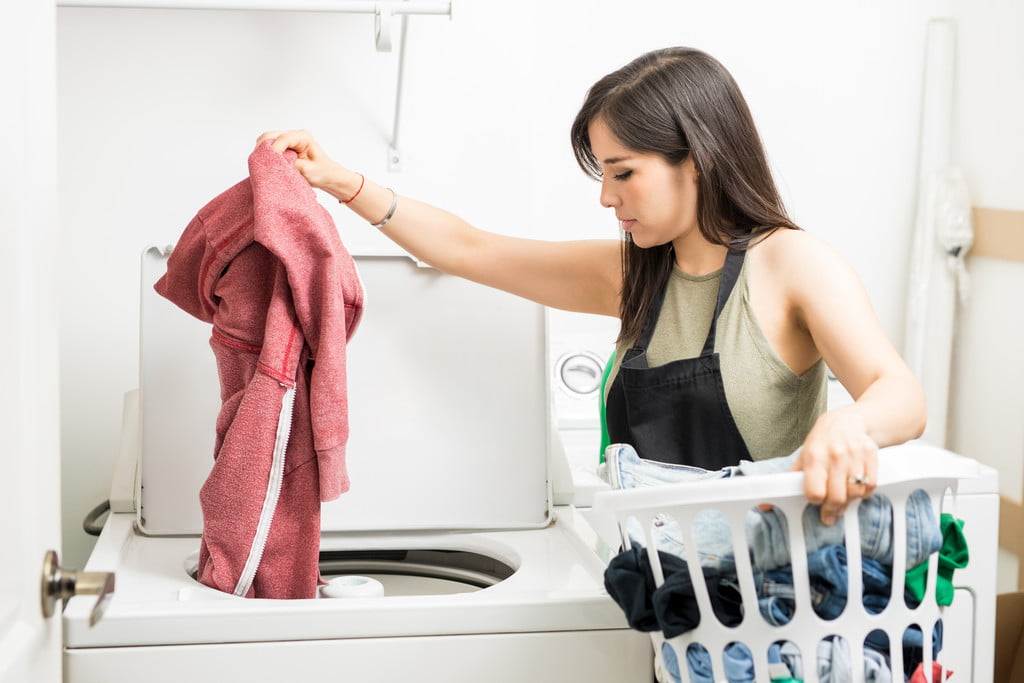
The drying cycle is important too
Funky smells can also be addressed post-wash cycle. Once the washing is complete, it’s on to the dryer!
Step 1: Don’t wait to dry your laundry.
If you’re wondering, “Why does my laundry smell bad after drying,” take heed of the next few steps. First, take your laundry out of the washer as soon as the cycle ends. Once it’s out of the washer, get it right into the dryer or hang it to dry — don’t wait any longer than 10 minutes. If you leave your damp clothes sitting all clumped together for a long time, they may begin to grow mildew and smell musty.
Step 2: Dry your laundry in a ventilated area.
If you have items that can’t go in the dryer, hang them in a well-ventilated area to dry. Make sure it’s not too humid in the room and set up a dehumidifier or open windows if you need to.
Step 3: Take advantage of dryer sheets.
If you’re putting your laundry in the dryer, use dryer sheets. Their whole purpose is to give your laundry a fresh scent. You can even slip dryer sheets in with your clothes or towels once they’re all dry and back in your drawers or on your shelves.
Step 4: Dry completely before storing.
Wait to fold and store your laundry until every item is entirely dry. Even a little dampness is a no-no and can lead to mildew smells and even wrinkles. Bulkier items may take longer to dry, so be patient, and don’t fret if you need to keep something in the dryer for more than one cycle.
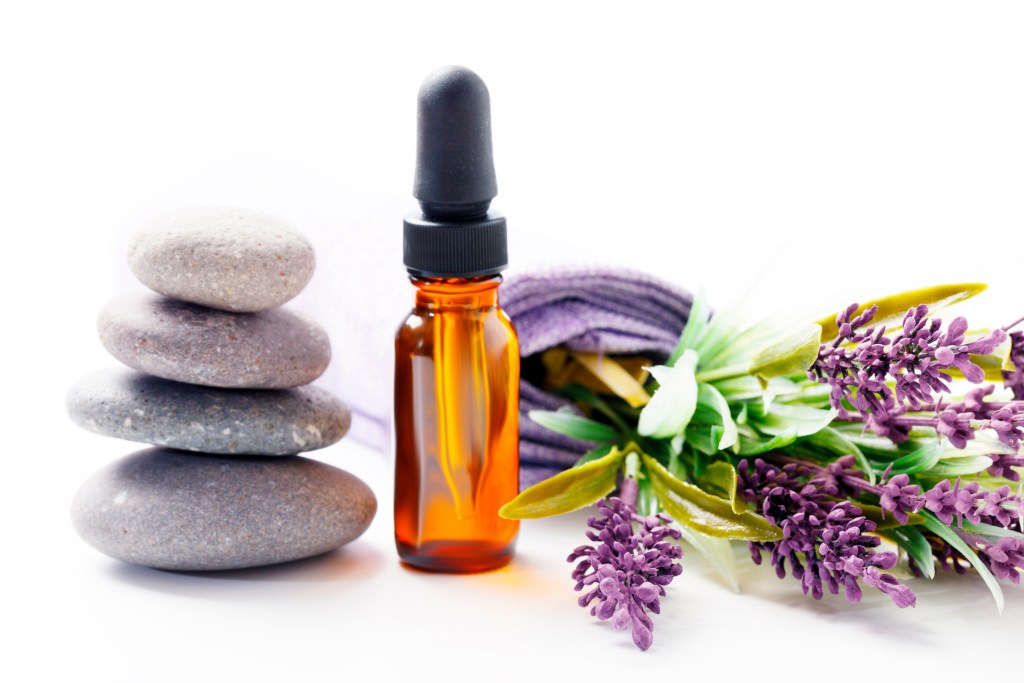
Use naturally fragrant products
One final tip for making your clothes smell great is: Use products with natural fragrances. Seek out a laundry detergent with organic scent. You can even use essential oils or lavender water spritz on your clothes before you throw them in the wash.
In the dryer, you can use a lavender dryer bag or hop on the wool dryer ball trend infused with your favorite essential oil. These are all ways to use natural scents to have your laundry smelling nicely.
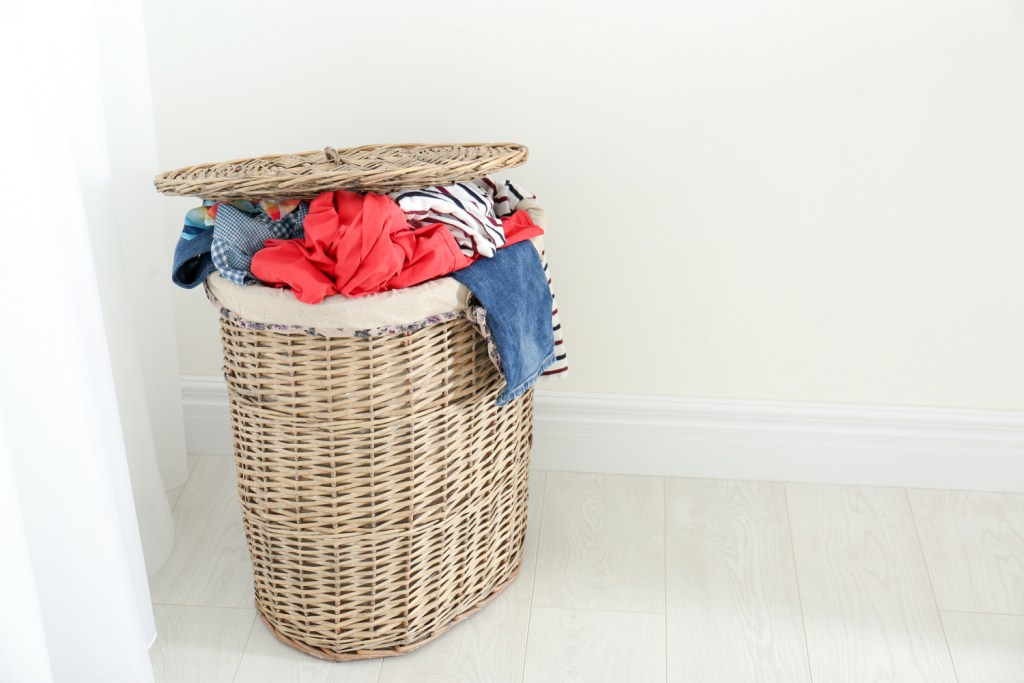
Don't let dirty laundry sit for too long
Doing a load of laundry as soon as possible is crucial for ensuring clothes smell fresher after a wash. Stains and odors have a tendency to seep deep into the fabric fibers as time passes, making them more stubborn to remove. When you wash laundry promptly, you prevent these unwanted elements from embedding themselves into the fabric, resulting in cleaner and fresher-smelling clothes.
Pre-treating stains is also important, particularly for activewear that tends to accumulate perspiration and foul odors. By addressing clothing stains before they have a chance to set in, you not only maintain the fabric's appearance but you also ensure a fresh scent. Effective pre-treatment can break down and eliminate the source of odors, ensuring your clothes come out of the wash smelling as fresh as possible.
It’s unfortunate, but if you’re not paying attention, your laundry could come out smelling pretty unpleasant. But laundry, stink no more! By implementing a few simple steps in your laundry routine, you’ll never have to worry about your clothes, towels, or bed sheets smelling foul again.
We've got you covered if you're tired of looking for ways to make laundry smell good. Paying attention to the amount of detergent you use, using hot water when possible, not skimping on the dry cycle, and more are all required for professional quality laundry results. But we think the extra effort is worth it. With a few household supplies and these simple steps, you can have fresh-smelling laundry in no time.



